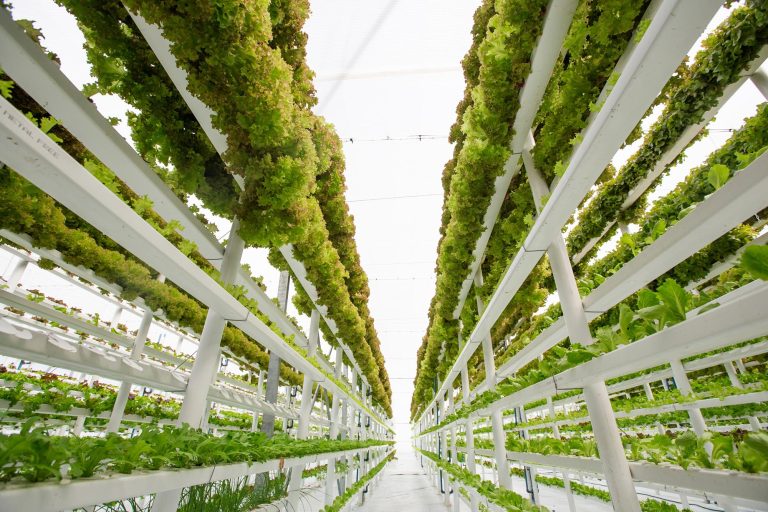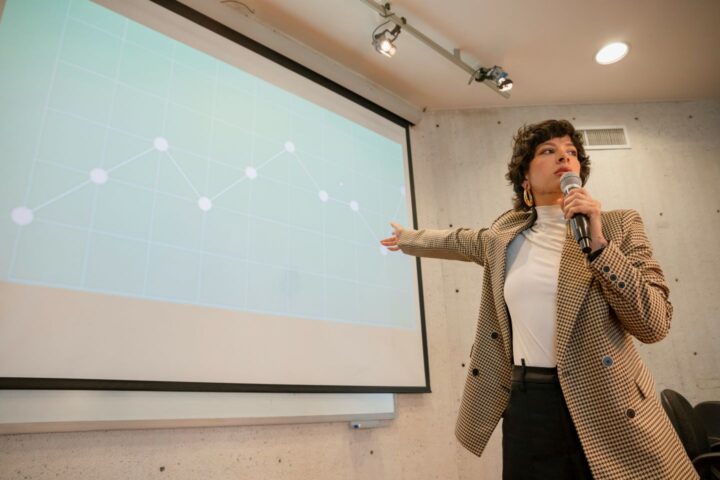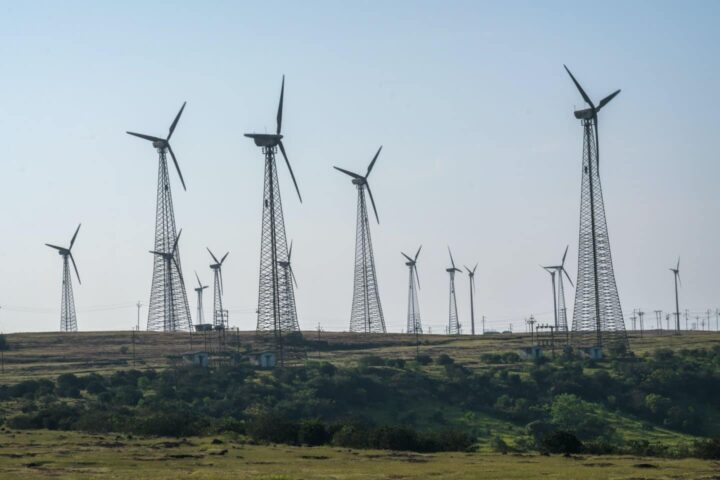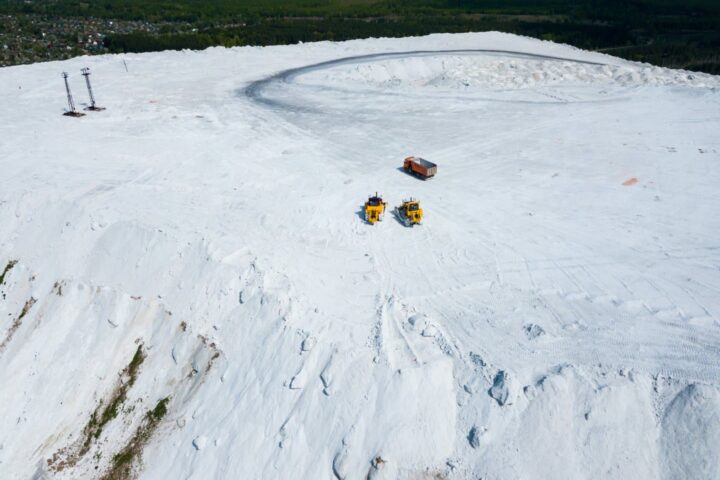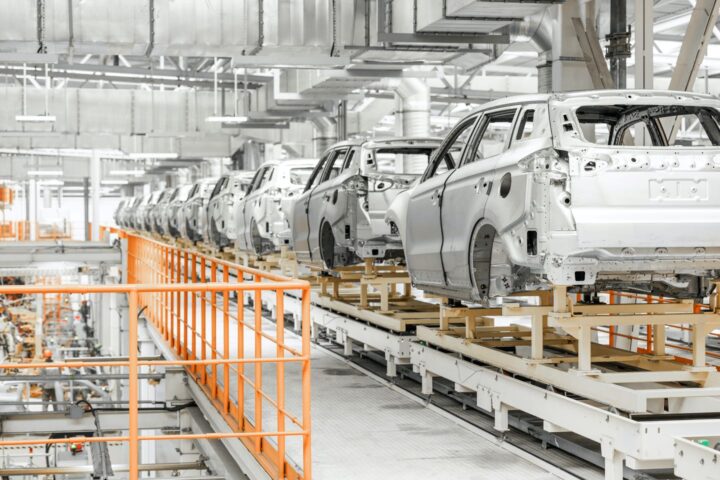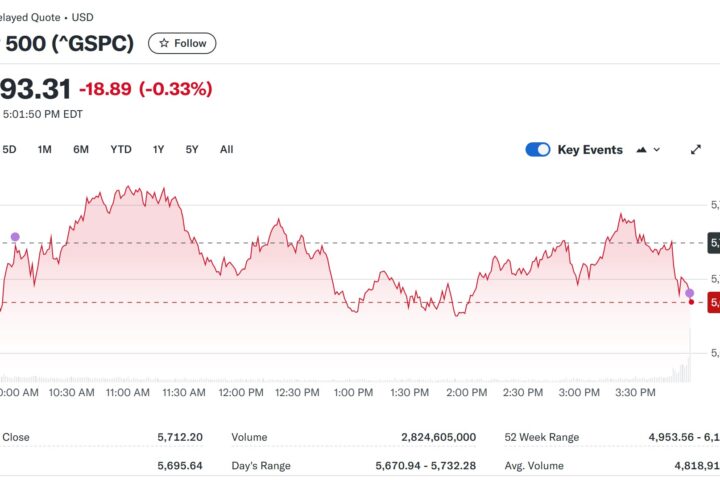As the global population grows, ensuring food security becomes increasingly challenging. Vertical farming offers a game-changing solution, leveraging dynamic environmental control and smart lighting to optimize plant growth. This innovative approach promises to transform food production, making it more sustainable, efficient, and locally focused.
Key Benefits:
- Locally grown, high-quality produce in urban and extreme environments
- Reduced energy consumption through dynamic environmental control
- Enhanced crop yields and nutritional value
- Minimized environmental impact
The Science Behind Vertical Farming:
- Adjusting light intensity and spectrum to match plant needs
- Manipulating temperature, CO2, and air flow for optimal growth
- Utilizing plant physiology knowledge and novel sensing technologies
- Developing cultivars specifically bred for vertical farming
Expert Insights:
“Vertical farming systems can provide healthy food in places where it’s impossible otherwise… The biggest challenge is electricity costs.” – Dr. Elias Kaiser
“Dynamically adjusting environmental conditions can reduce energy use and increase profitability.” – Prof. Leo Marcelis
Overcoming Challenges:
- Scaling up solutions for larger vertical farms
- Developing suitable sensors and models for monitoring and adjustment
- Calibrating variables for optimal balance between yield and quality
The Future of Food Production:
- Sustainable, locally focused farming
- Increased food security and nutrition
- Reduced environmental impact
Share your thoughts: How do you envision vertical farming shaping the future of food production?

